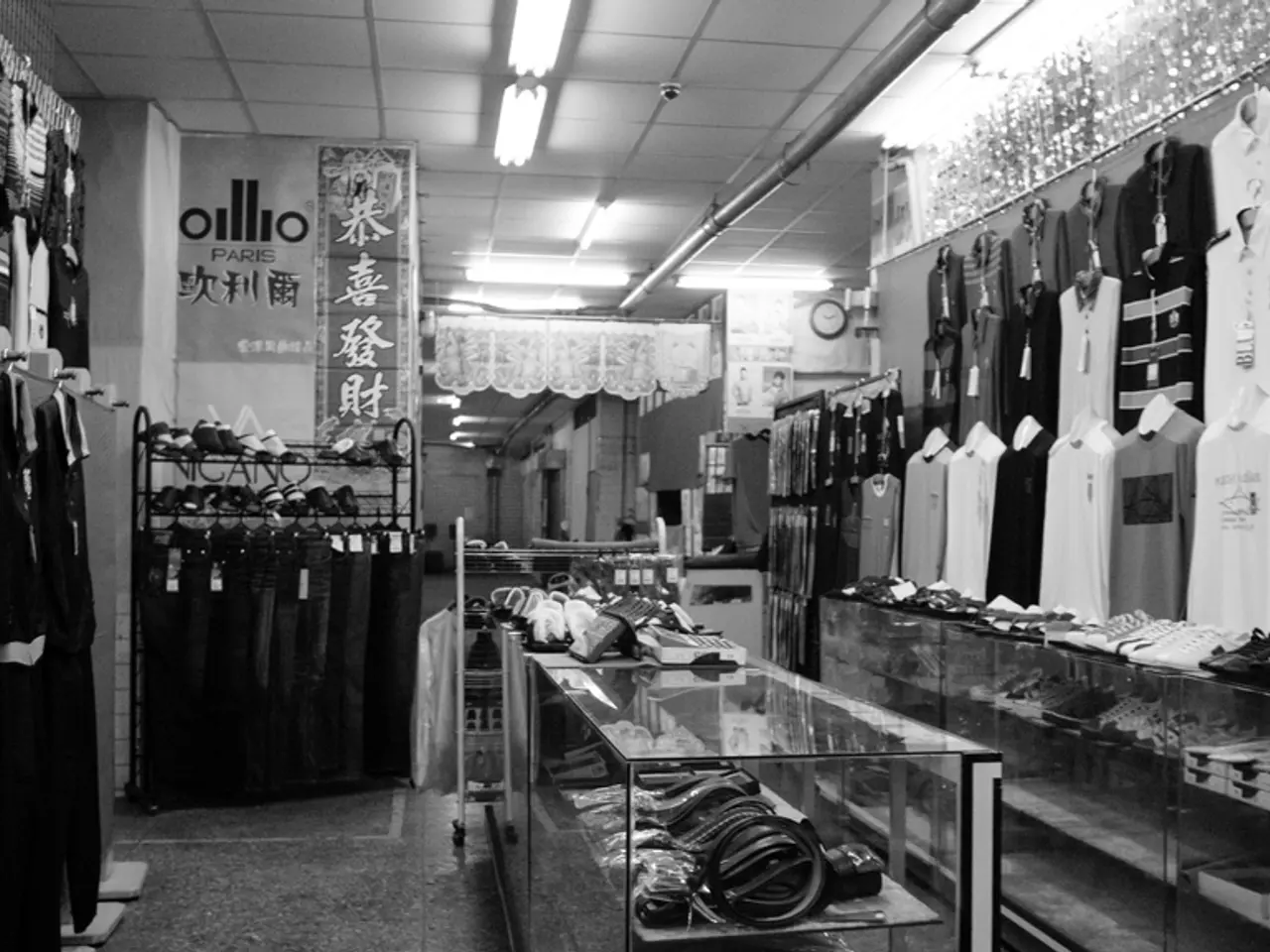Developing an Eco-Friendly Wardrobe Routine: Guidelines
**Building a Sustainable Wardrobe: Top Strategies for a Greener Fashion Future**
In an era where sustainability is increasingly important, fashion enthusiasts are seeking ways to create a wardrobe that is not only stylish but also eco-friendly. Here are key strategies to build a sustainable wardrobe by adopting mindful shopping, capsule wardrobe principles, thrifting, and supporting eco-friendly brands.
**Mindful Shopping**
Avoid impulse buying and focus on quality over quantity. Plan your purchases carefully, choosing durable, timeless pieces that will last longer rather than fast fashion items prone to wear and tear. Support sustainable brands that prioritize ethical production, eco-friendly materials, and transparent supply chains. By shopping mindfully, you reduce waste and the environmental impact of textile production.
**Capsule Wardrobe**
Build a capsule wardrobe by selecting a limited number of versatile, high-quality items that can be mixed and matched easily. Rotate seasonal capsule collections to maintain variety without excess. Properly care for your clothes through following care labels, repairing minor damage, and storing out-of-season items well, thereby extending their life. Benefits include less clutter, more style options, a defined personal style, and a sustainable approach to fashion that reduces waste.
**Thrifting**
Thrift shopping gives garments a second life, reducing demand for new textile production and minimizing waste. Thrifting allows you to find unique, quality pieces at lower cost, which supports a more circular fashion economy. Embracing thrifting involves scouring vintage stores or online resale platforms for unique gems.
**Eco-Friendly Brands**
Choose brands that use organic, recycled, or low-impact materials and adhere to ethical labor practices. Look for certifications or transparency reports to verify environmental and social responsibility. Supporting such brands encourages the fashion industry to adopt more sustainable practices overall.
In addition to these strategies, declutter your closet regularly, avoid fast fashion, and practice reusing and repeating outfits to reduce consumption. By integrating these practices, you’ll build a wardrobe that is stylish, meaningful, and significantly more sustainable, contributing to less environmental impact and a more conscious lifestyle.
To build a sustainable lifestyle, one can extend mindful shopping practices beyond fashion and apply them to home and garden by focusing on quality, eco-friendly materials, and ethical production, much like the approach with fashion-and-beauty brands. Additionally, homeowners can contribute to sustainable living by decluttering, repurposing items, and embracing eco-friendly home decor brands, reducing waste and promoting a more circular economy for a healthier planet.




